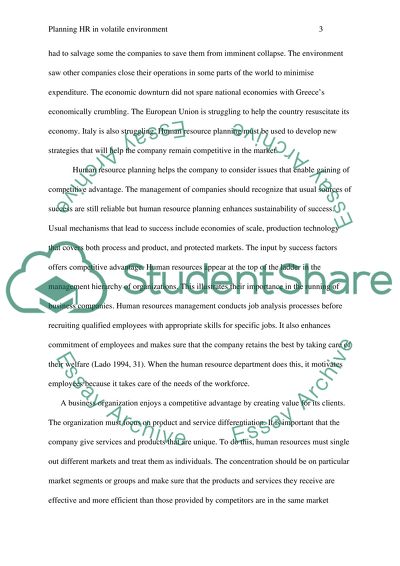Cite this document
(Human Resource Planning in Volatile Environmental Conditions Term Paper, n.d.)
Human Resource Planning in Volatile Environmental Conditions Term Paper. Retrieved from https://studentshare.org/human-resources/1484265-people-resourcing
Human Resource Planning in Volatile Environmental Conditions Term Paper. Retrieved from https://studentshare.org/human-resources/1484265-people-resourcing
(Human Resource Planning in Volatile Environmental Conditions Term Paper)
Human Resource Planning in Volatile Environmental Conditions Term Paper. https://studentshare.org/human-resources/1484265-people-resourcing.
Human Resource Planning in Volatile Environmental Conditions Term Paper. https://studentshare.org/human-resources/1484265-people-resourcing.
“Human Resource Planning in Volatile Environmental Conditions Term Paper”, n.d. https://studentshare.org/human-resources/1484265-people-resourcing.


